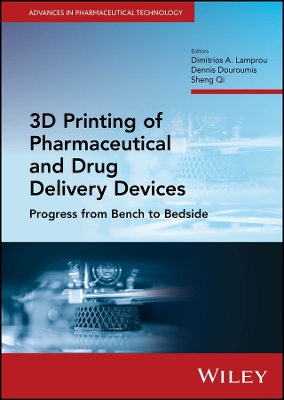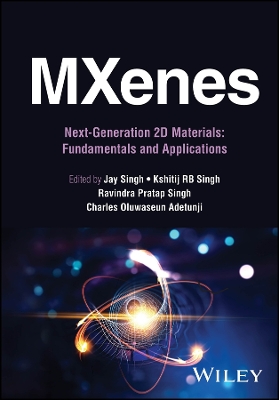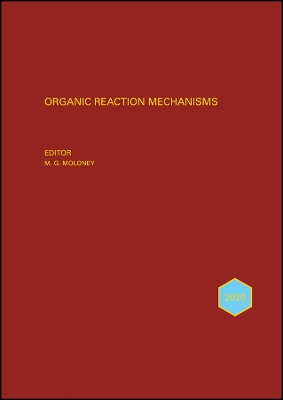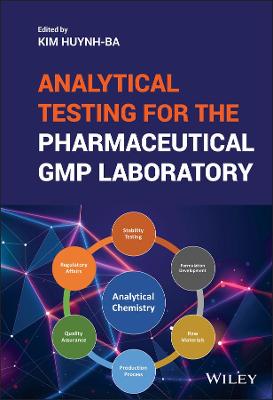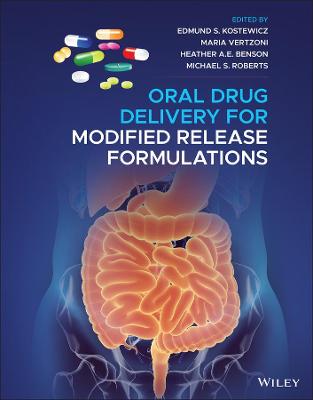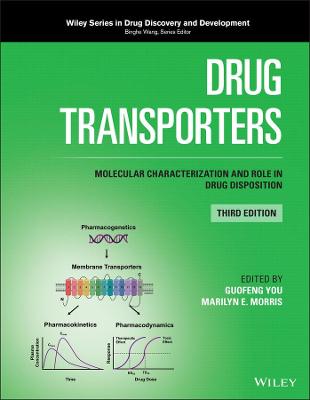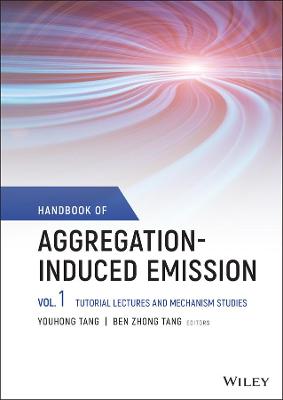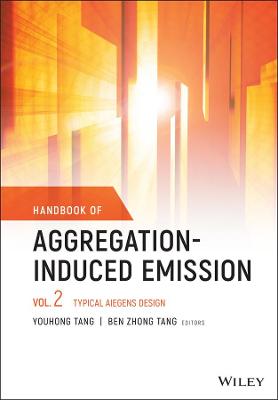Forensic Analysis, Comparison and Evaluation of Friction Ridge Skin Impressions
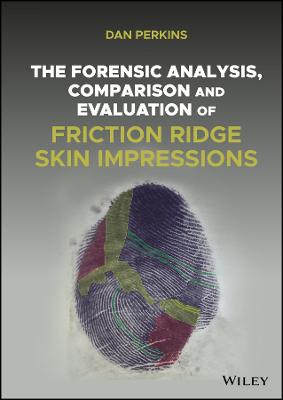 -15%
portes grátis
-15%
portes grátis
Forensic Analysis, Comparison and Evaluation of Friction Ridge Skin Impressions
Perkins, Dan G.
John Wiley & Sons Inc
08/2022
320
Dura
Inglês
9781119230892
15 a 20 dias
822
Introduction 1
References 2
Part I Analysis Stage 5
1 Does the Mark Have Evidential Value? 7
1.1 Continuity and Integrity 7
1.2 The Most Evidentially Valuable Mark 11
References 12
2 Does the Mark Require Enhancement? 13
3 What Details Does the Mark Reveal? 15
3.1 Persistence and Uniqueness 15
3.2 Documentation 16
3.3 Complex Marks 17
3.4 First-Level Detail 21
3.5 Second-Level Detail 34
3.6 Third-Level Detail 44
3.7 Creases, Subsidiary Ridges and Scars 50
3.8 Abnormalities 60
References 61
4 Are the Details in the Mark Likely to Appear Similarly in a Print Made by the Same Area of Skin? 67
4.1 Downward Pressure 68
4.2 Movement 71
4.3 Superimposition 76
4.4 Colour Reversal 79
4.5 Direction Reversal 83
4.6 The Surface the Mark Was On 87
4.7 The Material the Mark Was Made In 91
4.8 The Media Used to Develop the Mark 92
4.9 Changes to the Skin 93
References 95
5 Is the Mark Suitable? 99
References 105
6 What Is the Most Likely Orientation of the Mark? 107
6.1 Shape and Ridge Flow 107
6.2 Pattern Family 108
6.3 Distal Flexion Crease 108
6.4 Other Marks 109
6.5 The Surface the Mark Was Found on 109
6.6 Summary 109
Reference 110
7 Which Area of Skin Is Most Likely to Have Made the Mark? 111
7.1 The Surface the Mark Was Found On 111
7.2 Other Marks 112
7.3 Lone Marks 119
7.4 The Part of the Digit That Made the Mark 122
7.5 The Pattern 124
7.6 Summary of Digit Determination 133
7.7 Palm Marks 134
7.8 Medial and Proximal Phalange Marks 150
7.9 Plantar Marks 152
7.10 Toe Marks 158
References 160
8 What Details Does the Print Reveal, and Are They Likely to Be a Reliable Record of the Details on the Skin of the Donor? 163
8.1 Sets of Fingerprints 163
8.2 The Details in the Print 166
8.3 The Reliability of the Details 168
References 171
Part II Comparison 173
9 Are the Details in the Mark in Agreement or Disagreement with Those in the Print? 175
9.1 First-Level Detail 176
9.2 Second-Level Detail 177
9.3 Third-Level Detail 180
9.4 Creases, Subsidiary Ridges and Scars 181
References 183
Part III Evaluation 185
10 Which Conclusion Is Supported by the Observations in the Analysis and Comparison? 187
10.1 Exclusion 190
10.2 Identification 196
10.3 Inconclusive 207
References 210
Appendices 215
Appendix 1 Fabrication, Transplantation and Forgery 215
A.1 Fabrication 215
A.2 Transplantation 219
A.3 Forgery 222
References 227
Appendix 2 Verification 229
A2.1 Open Verification 229
A2.2 Blind Verification 231
A2.3 The Use of Verification 232
A2.4 Technical Review 232
References 233
Appendix 3 Bias 235
A3.1 Contextual Information 235
A3.2 Experience 237
A3.3 Motivation 237
A3.4 How Bias Can Affect Decision Making 238
A3.5 Minimising the Effects of Bias 239
References 240
Appendix 4 Activity Level Propositions 243
A4.1 How Long Has the Mark Been on the Surface? 244
A4.2 What Were the Circumstances at the Time the Mark Was Made? 260
A4.3 Blood Marks 264
References 267
Appendix 5 Errors 273
A5.1 Clerical Errors 273
A5.2 Technical Errors 273
A5.3 Error Rates 284
References 300
Index 303
Introduction 1
References 2
Part I Analysis Stage 5
1 Does the Mark Have Evidential Value? 7
1.1 Continuity and Integrity 7
1.2 The Most Evidentially Valuable Mark 11
References 12
2 Does the Mark Require Enhancement? 13
3 What Details Does the Mark Reveal? 15
3.1 Persistence and Uniqueness 15
3.2 Documentation 16
3.3 Complex Marks 17
3.4 First-Level Detail 21
3.5 Second-Level Detail 34
3.6 Third-Level Detail 44
3.7 Creases, Subsidiary Ridges and Scars 50
3.8 Abnormalities 60
References 61
4 Are the Details in the Mark Likely to Appear Similarly in a Print Made by the Same Area of Skin? 67
4.1 Downward Pressure 68
4.2 Movement 71
4.3 Superimposition 76
4.4 Colour Reversal 79
4.5 Direction Reversal 83
4.6 The Surface the Mark Was On 87
4.7 The Material the Mark Was Made In 91
4.8 The Media Used to Develop the Mark 92
4.9 Changes to the Skin 93
References 95
5 Is the Mark Suitable? 99
References 105
6 What Is the Most Likely Orientation of the Mark? 107
6.1 Shape and Ridge Flow 107
6.2 Pattern Family 108
6.3 Distal Flexion Crease 108
6.4 Other Marks 109
6.5 The Surface the Mark Was Found on 109
6.6 Summary 109
Reference 110
7 Which Area of Skin Is Most Likely to Have Made the Mark? 111
7.1 The Surface the Mark Was Found On 111
7.2 Other Marks 112
7.3 Lone Marks 119
7.4 The Part of the Digit That Made the Mark 122
7.5 The Pattern 124
7.6 Summary of Digit Determination 133
7.7 Palm Marks 134
7.8 Medial and Proximal Phalange Marks 150
7.9 Plantar Marks 152
7.10 Toe Marks 158
References 160
8 What Details Does the Print Reveal, and Are They Likely to Be a Reliable Record of the Details on the Skin of the Donor? 163
8.1 Sets of Fingerprints 163
8.2 The Details in the Print 166
8.3 The Reliability of the Details 168
References 171
Part II Comparison 173
9 Are the Details in the Mark in Agreement or Disagreement with Those in the Print? 175
9.1 First-Level Detail 176
9.2 Second-Level Detail 177
9.3 Third-Level Detail 180
9.4 Creases, Subsidiary Ridges and Scars 181
References 183
Part III Evaluation 185
10 Which Conclusion Is Supported by the Observations in the Analysis and Comparison? 187
10.1 Exclusion 190
10.2 Identification 196
10.3 Inconclusive 207
References 210
Appendices 215
Appendix 1 Fabrication, Transplantation and Forgery 215
A.1 Fabrication 215
A.2 Transplantation 219
A.3 Forgery 222
References 227
Appendix 2 Verification 229
A2.1 Open Verification 229
A2.2 Blind Verification 231
A2.3 The Use of Verification 232
A2.4 Technical Review 232
References 233
Appendix 3 Bias 235
A3.1 Contextual Information 235
A3.2 Experience 237
A3.3 Motivation 237
A3.4 How Bias Can Affect Decision Making 238
A3.5 Minimising the Effects of Bias 239
References 240
Appendix 4 Activity Level Propositions 243
A4.1 How Long Has the Mark Been on the Surface? 244
A4.2 What Were the Circumstances at the Time the Mark Was Made? 260
A4.3 Blood Marks 264
References 267
Appendix 5 Errors 273
A5.1 Clerical Errors 273
A5.2 Technical Errors 273
A5.3 Error Rates 284
References 300
Index 303

